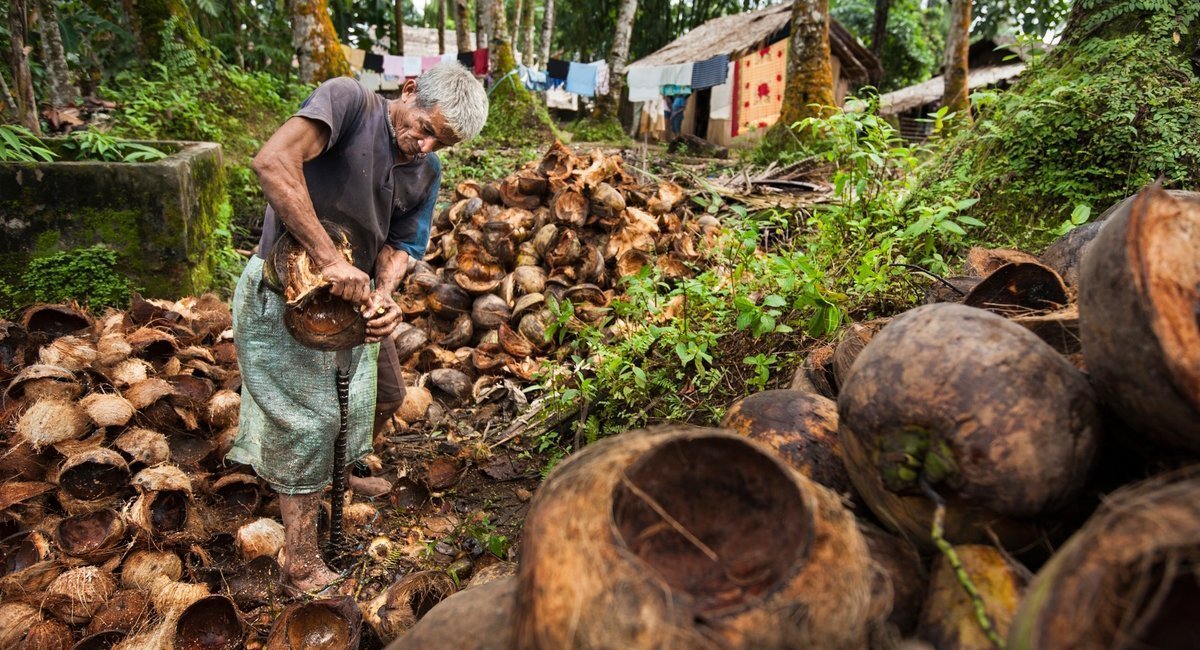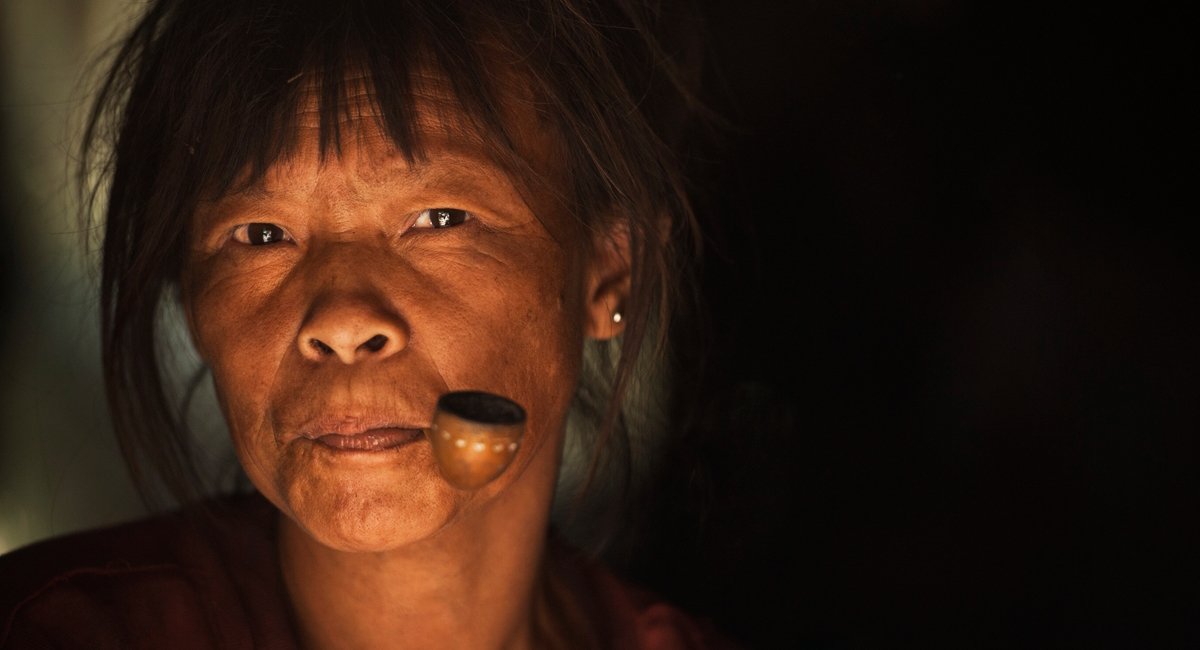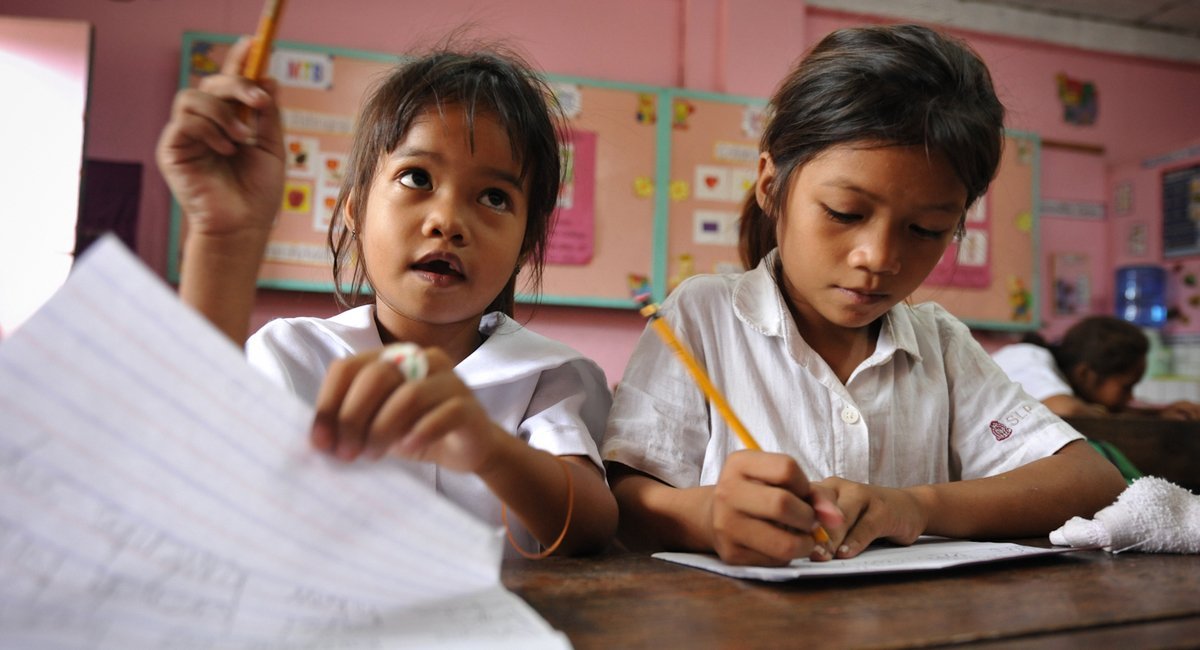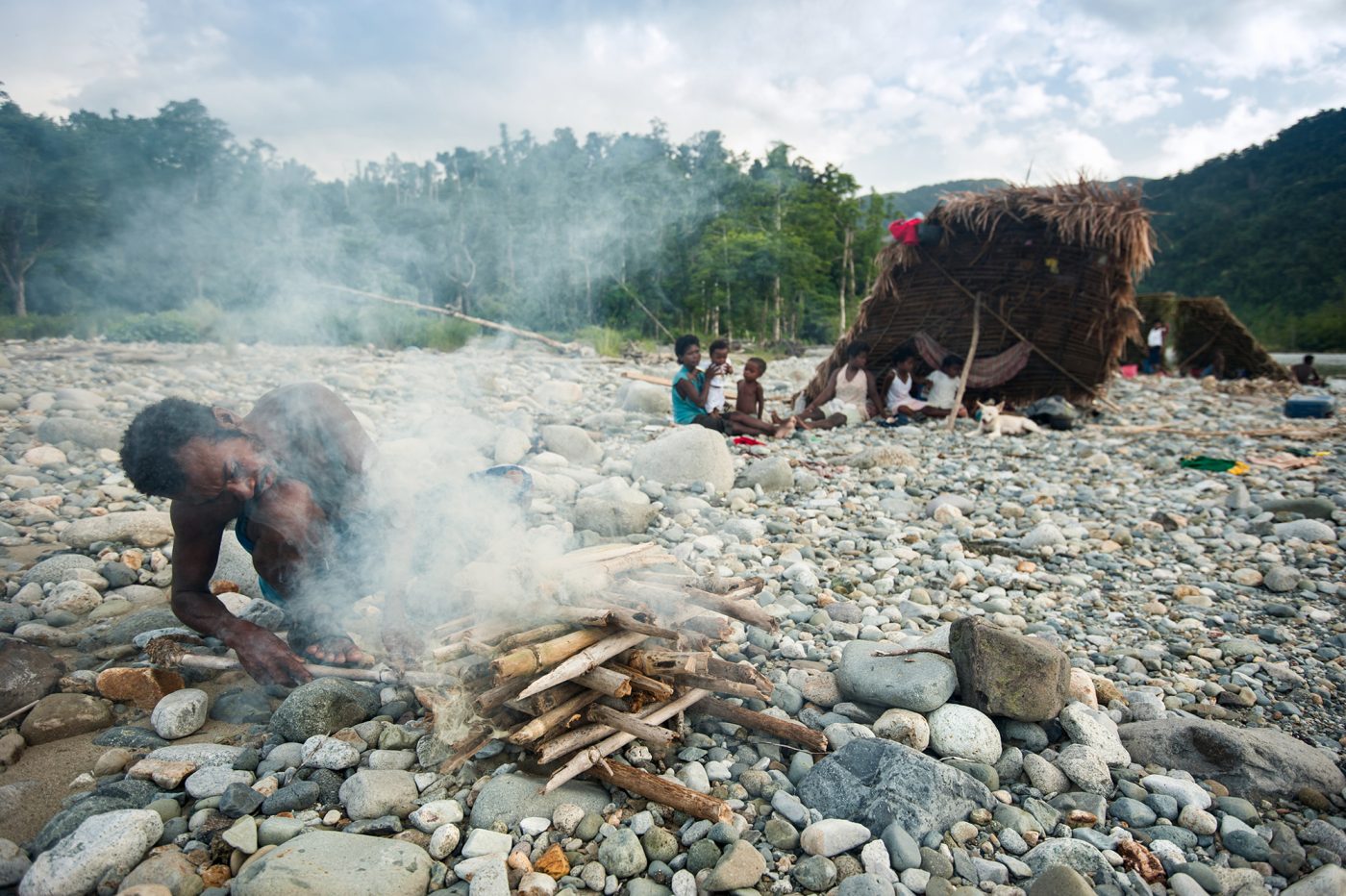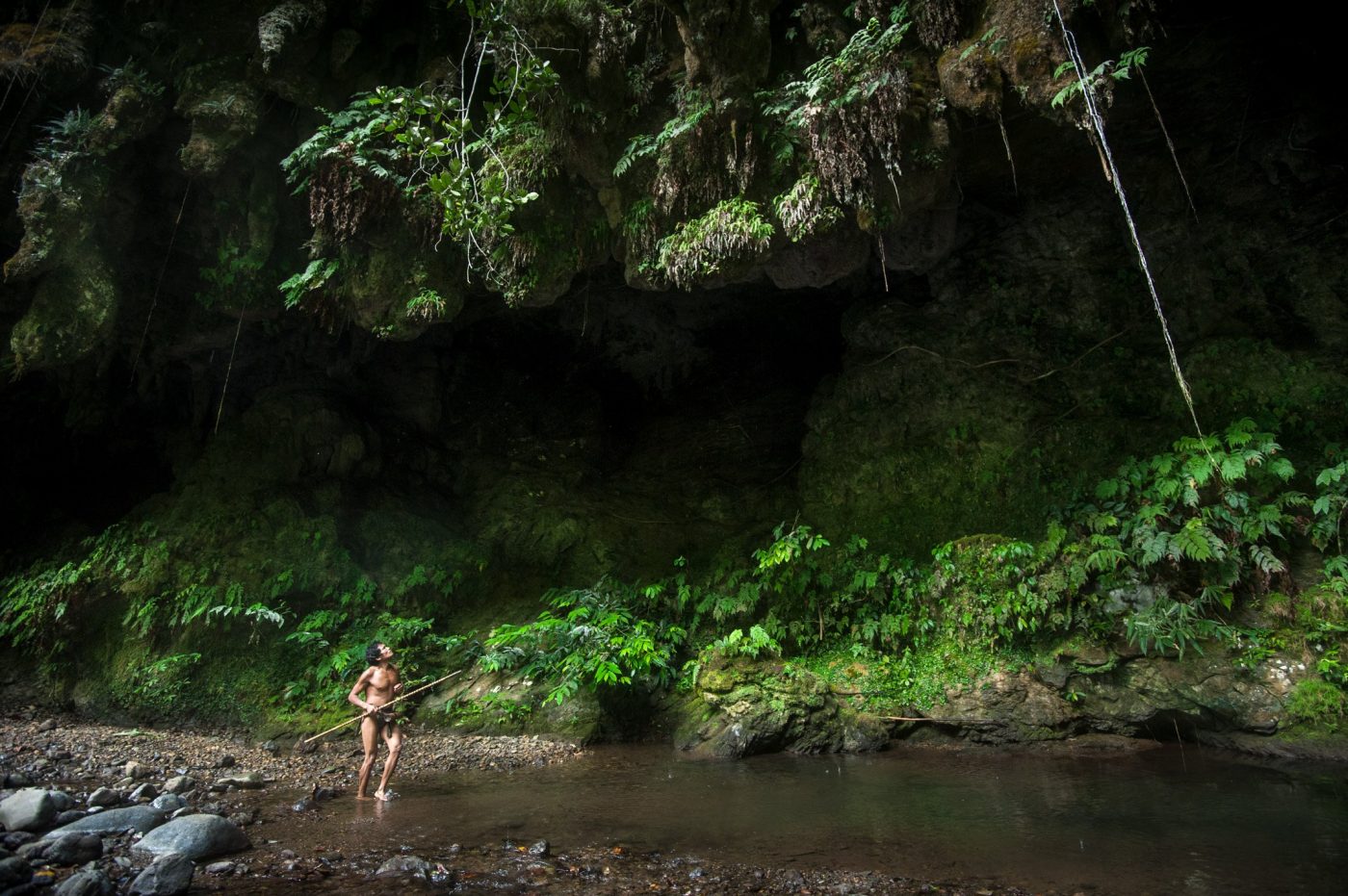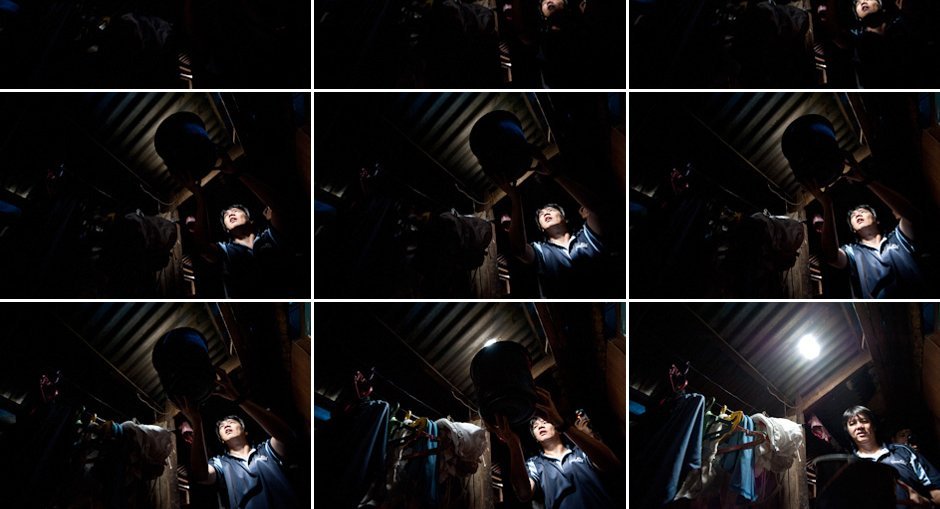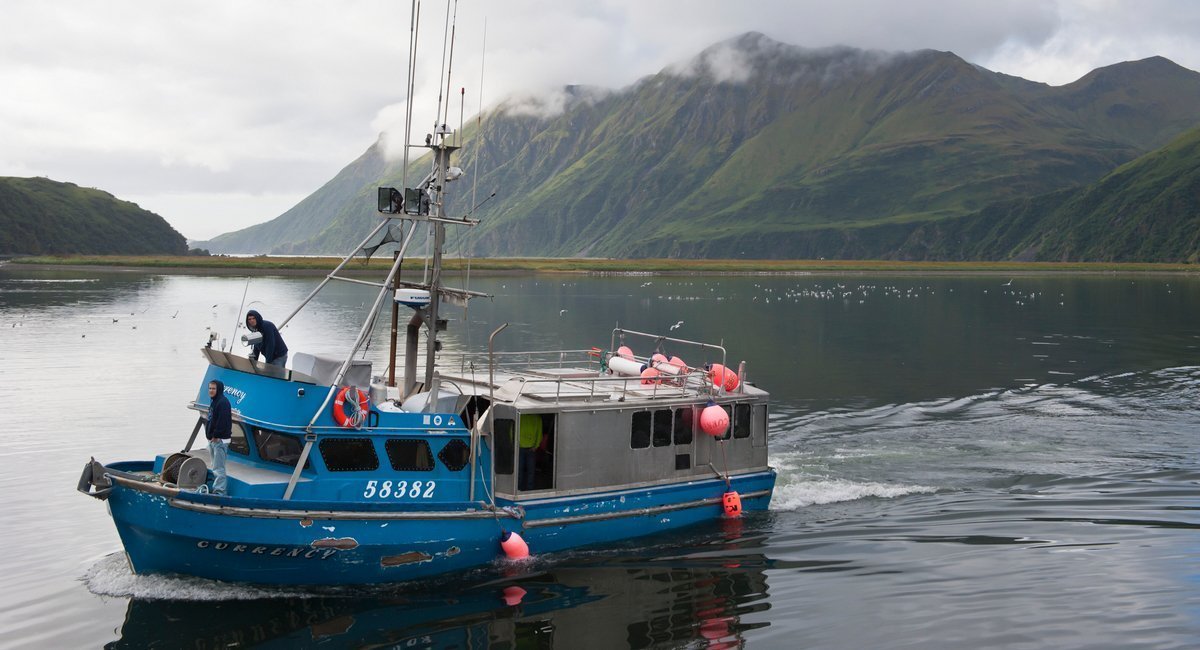The past couple of months have been action packed with lots of traveling, learning and thinking of the year ahead. Inevitably, when one starts to think about the challenges and hopes for the future we find ourselves reflecting on the past. It was this time last year that my wife and I finished a successful Kickstarter campaign for the Katutubong Filipino Project (Indigenous Filipino people project). It feels like a lot longer than a year ago that we ventured into this project, but we are thankful for it and for all of the people we have meet because of it. We are still working on the project with two major areas still to visit with our Kickstarter funds.
Last month I made a long awaited trip to the island of Mindoro to visit some of the different Mangyan groups there. This trip took a few months to arrange and I was very excited our journey happened as I have been wanting to visit Mindoro for a long time. Although, we knew it would not be easy to get access to the different communities we wanted to visit, our contacts and non-stop effort explaining and promoting the Katutubong Filipino Project helped us significantly on this trip. There are 8 different Mangyan groups (Iraya, Alangan, Tadyawan, Tau-buid, Bangon, Buhid, Hanunoo and Ratagnon) on the island of Mindoro and all are distinctively different including their languages. Mangyan is just the collective term used for the indigenous peoples found on Mindoro.
Over the past month I have made two separate trips to Mindanao in the hopes to document the ethnic sport of horse fighting that is still occasionally practiced by the areas Lumads (indigenous peoples). My first trip was during Davao’s Kadayawan Festival, which is an annual week long celebration featuring the different tribes from Davao. This festival is like most other festivals in the Philippines, complete with street dancing, beauty pageants and plenty of people walking around the streets. In years past horse fighting was one of the side events at the Kadayawan Festival and was the sole reason I made the trip to Davao. Sadly, the tribal Chieftain, Datu Causing Ogao, who was in charge of this years horse fighting was murdered only three weeks before the festival. This murder was one of three tribal murders in the same time frame throughout this part of Mindanao.
Last week I had the opportunity to take some images for the Gift of Grace Foundation, a non-profit organization which provides resources to elementary school children living within the Umapad dumpsite of Mandaue City, Cebu. There are four large dump sites around metro Cebu with more than 5000 people living and scavenging for materials just trying to survive in whatever way they can. Many of the children living within these dumpsites are born into a life of extreme poverty and are often given very little opportunity to escape the cycle.
Things often do not turn out the way you might expect them to. Such was the case during my recent trip back to the Sierra Madres. I returned to a part of Isabela and Cagayan provinces to visit some old Agta friends from last year. Upon returning this time I had a plan to go on a hunt with some of the men, a hunt for wild pig, deer or monkey. These are game items that the Agta still hunt for occasionally in the forest to eat or sell to locals. I was excited about this trip and thought with the contacts I had made everything would fall into place fairly easily. However, I couldn’t have been more wrong. Uncontrollable circumstances such as bad weather, broken transportation, and previous obligations of my contacts lead to a serious amount of time waiting.
Singnapan Valley in southern Palawan is a place I have wanted to visit for a long time now. It was a couple of years ago that I came across some images online of the Tau’t Bato tribe and it has intrigued me ever since. The remoteness of the Singnapan valley is what first caught my attention and then the interesting stories that the people there live in large caves during the rainy season. Thus, their name Tau’t Bato – Dwellers of the rock. There are a handful of travel blogs and some videos online of other foreigners and Filipinos making the trek to Singnapan. This area is also home to Mount Mantalingahan, the highest peak in Palawan and an occasional destination for hardcore mountaineers.
It’s been eight years since I was last in northern Palawan during my Peace Corps days. Back then I spent a lot of time in Coron and Busuanga doing marine surveys and remember how beautiful the islands were in this part of the country. This time my travels brought me to Coron to photograph the Calamian Tagbanua people, one of a number of different indigenous groups found in Palawan. During the months I spent in Coron years ago I remember isolated fishing communities that harvested seaweed and octopus. I also remember the picturesque tropical islands, especially Coron Island which stands tall above most of the others with its karst limestone cliffs. It was these memories in part that made me want to return and explore the area with my camera.
The Bukidnon plateau is home to seven of the 18 different indigenous groups found in Mindanao. After doing some research I decided it would be a great place to visit for starting the Katutubong Filipino Project. Although our travel to Bukidnon was fairly short we learned a lot about the Lumad people (the Visayan word collectively used for all indigenous people in Mindanao). We spent most of the week with a Manobo community high in the mountains of San Fernando municipality. The Manobo people are just one of the 18 Lumad groups found in Mindanao, however, they have a number of subgroups with slight language differences and practices. The different Manobo tribes are semi-autonomous from the Philippine government and have their own laws, practices and judgements given by tribal chieftains (Datus).
Last Saturday I had the opportunity to shoot a project that is helping to change lives in an extraordinary way. MyShelter Foundation has always been at the forefront of creative and groundbreaking technologies and this is their latest venture called a Liter of Light (Isang Litrong Liwanag). The concept is simple. By using plastic bottles and filling them with water you create a prism that captures sunlight and dispersers it into a home.
As most things go in life, big changes can happen at a moment’s notice, and I think that is especially true when you’re doing freelance work. Three months ago I had to once again say bye to my wife and two children, as I went to the airport to be transported a world away to the middle of the Bering Sea. Although I had a feeling I would be returning to work there, everything happened very fast and off I went.
email: [email protected] |
© 2025 Jacob Maentz